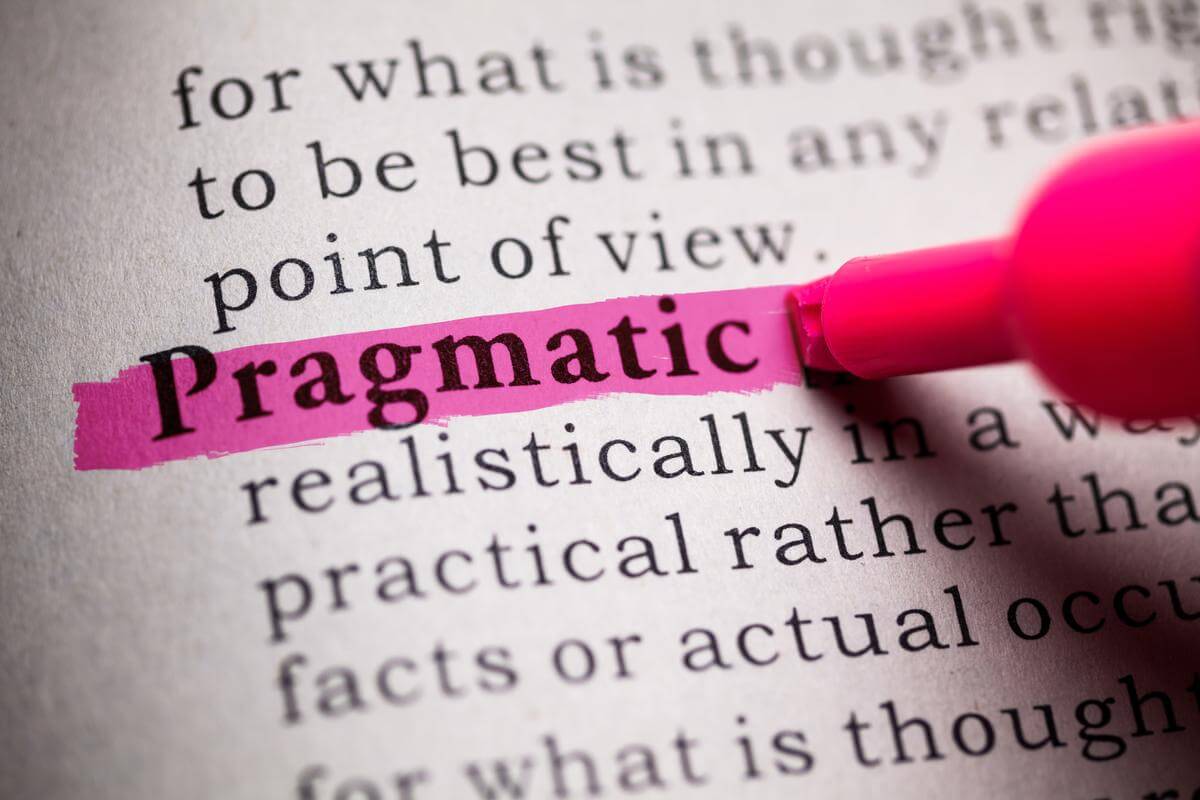
If you have ever wondered how meaning gets expressed through language, then semantics is your answer. Semantics is the study of meaning and how it is conveyed in language. It examines the relationship between words, phrases, and sentences and the underlying meaning that emerges from them. There are different types of semantics that explore the different aspects of how meaning is constructed in language. In this blog post, we will discuss the different types of semantics, specific to semantics.
Lexical Semantics:
Lexical semantics is the study of the meaning of words and how they combine to form phrases and sentences. It deals with the definition, connotation, and denotation of words. The denotation of a word refers to its literal meaning while the connotation refers to its associated meaning. For example, the word ‘rose’ denotes a type of flower, but it also has the connotation of love, beauty, and romance.
In lexical semantics, we also study the relationships between words. There are different types of lexical relations, such as synonymy, antonymy, and hyponymy. Synonymy refers to words that have the same or similar meanings, for example, ‘happy’ and ‘joyful’. Antonymy refers to words that have opposite meanings, for example, ‘hot’ and ‘cold’. Finally, hyponymy refers to the relationship between a general word and a specific word that falls under that general category, such as ‘rose’ which is a hyponym of ‘flower’.
Syntactic Semantics:
Syntactic semantics is the study of how the meaning of a sentence is derived from its structure. It deals with the relationship between the structure of a sentence and its meaning. In syntax, we study how words combine to form phrases and how these phrases combine to form sentences. For example, the sentence ‘john loves mary’ has a different meaning from ‘mary loves john’ because of their different syntactic structure.
Syntactic semantics also deals with the ambiguity of sentences. Some sentences can have multiple interpretations due to their structure. Take the example of the sentence ‘i saw the man with the telescope’. This sentence can either mean that the speaker saw a man who was holding a telescope or that the speaker was holding a telescope and saw a man. It is the syntactic structure of the sentence that allows for these different interpretations.

Pragmatic Semantics:
Pragmatic semantics is the study of how context affects meaning. It deals with the relationship between language, context, and speaker intention. Pragmatics examines how people use language to convey meaning beyond the literal meaning of the words they use. For example, if someone says ‘can you pass the salt? ’ in a restaurant, the illocutionary force of the sentence is to request someone to pass the salt.
Pragmatics also studies how people interpret indirect speech acts such as irony, sarcasm, and metaphor. These types of language use words that have a meaning that is different from their literal meaning. For example, the sentence ‘it’s raining cats and dogs’ is a metaphor that means it is raining heavily.
Conceptual Semantics:
Conceptual semantics is the study of the relationship between meaning and the concepts that underlie them. It examines how people categorise objects, events, and ideas and how these categories influence meaning. Conceptual semantics focuses on the mental representation of meaning rather than the language expression of meaning.
In conceptual semantics, we study prototypes, which are the typical examples of a category. For example, when we think of birds, we usually think of sparrows or robins. We also study how people perceive and classify abstract concepts such as love, sadness, and happiness.
Formal Semantics:
Formal semantics is the study of how meaning is expressed through logical representations of language. It deals with the use of logical symbols to represent the meaning of a sentence. Formal semantics seeks to represent the meaning of a sentence through formal rules and logic.
In formal semantics, we use truth-conditional semantics, which is based on the idea that the meaning of a sentence is determined by whether it is true or false. We also use formal logic to represent the meaning of a sentence in a formal way.

Distributional Semantics:
Distributional semantics is the study of how words are related to each other based on their distributional patterns in language. It is based on the idea that words that occur in similar contexts have similar meanings. Distributional semantics uses mathematical models to analyse and represent the relationships between words.
In distributional semantics, we use techniques such as co-occurrence analysis and vector space models to represent the relationships between words. These techniques enable us to create representations of words and their meanings based on their distribution in language.
Cognitive Semantics:
Cognitive semantics is the study of meaning from a cognitive perspective. It is concerned with how people understand and interpret language. Cognitive semantics seeks to understand how language relates to other cognitive processes such as memory, perception, and reasoning.
In cognitive semantics, we study cognitive models, which are conceptual structures that represent our understanding of the world. Cognitive models allow us to explain how concepts are formed and how they are related to each other. We also study mental spaces, which are mental representations of different aspects of a situation.
Computational Semantics:
Computational semantics is the study of how to use computers to analyse and process language. It deals with the development of algorithms and models for natural language processing. Computational semantics allows us to automatically extract meaning from text and to build systems that can understand natural language input.
In computational semantics, we use techniques such as machine learning and deep learning to develop models for natural language processing. We also use semantic web technologies such as rdf and owl to represent meaning in a machine-readable way.

In this blog post, we have discussed the different types of semantics and their specific areas of focus. We have explored lexical semantics, syntactic semantics, pragmatic semantics, conceptual semantics, formal semantics, distributional semantics, cognitive semantics, and computational semantics. Each of these types of semantics offers a unique perspective on how meaning is constructed in language. By studying semantics, we can gain a deeper understanding of how language works and how it reflects our understanding of the world around us.

Aiken is a communication strategist and writer who specializes in digital interactions, social engagement, and interpersonal communication techniques. His work explores how technology shapes the way people connect, collaborate, and build relationships.
